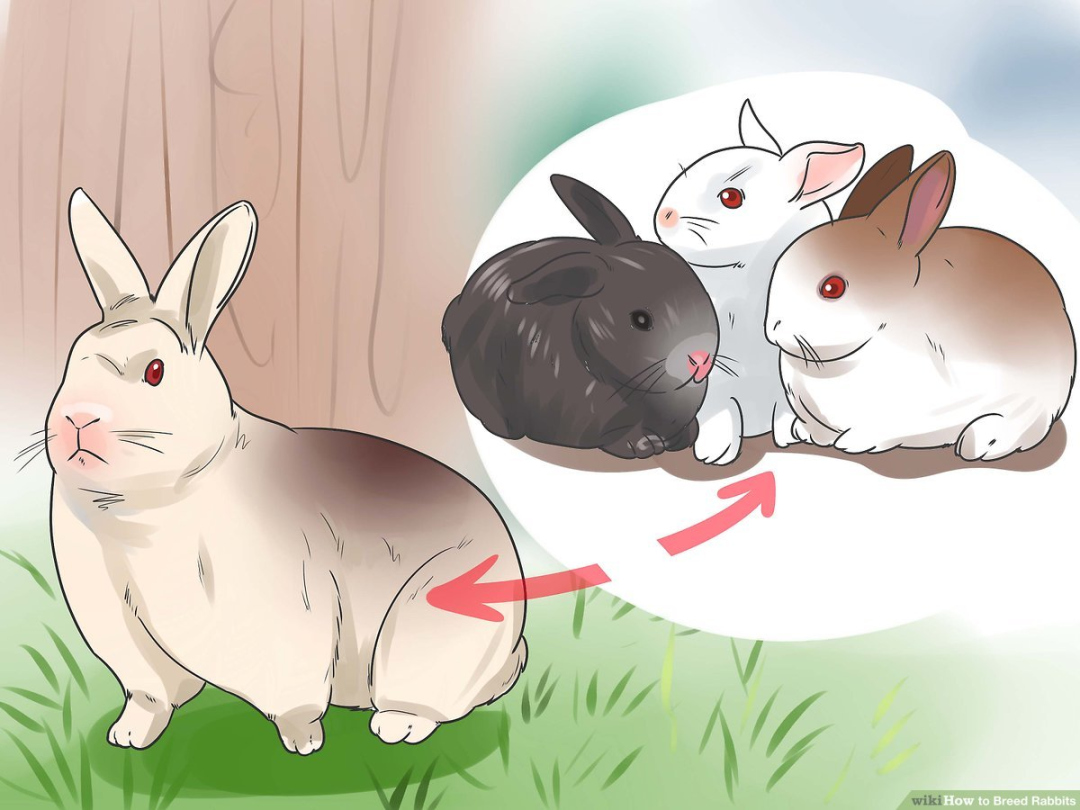How to Become a Rabbit Breeder
Becoming a rabbit breeder can be a fulfilling and rewarding endeavor for those who have a passion for animals and a desire to contribute to the rabbit breeding community. Whether you are interested in breeding rabbits for show purposes, as pets, or for commercial purposes, there are certain steps and considerations to keep in mind. In this article, we will explore the essential aspects of becoming a rabbit breeder.

1. Gain Knowledge and Experience
Research Rabbit Breeds
Start by researching different rabbit breeds to determine which breed aligns with your interests and goals. Each breed has unique characteristics, temperaments, and requirements. Understanding the breed-specific traits will help you make informed decisions as a breeder.
Learn About Rabbit Genetics
Understanding rabbit genetics is crucial for successful breeding. Study the basics of genetics, including coat colors, patterns, and potential health issues associated with certain genetic traits. This knowledge will enable you to make informed breeding decisions and produce healthy offspring.
Gain Practical Experience
Work with experienced rabbit breeders to gain practical experience in rabbit care, breeding techniques, and health management. Join local rabbit breeders’ associations or clubs to network with breeders and attend rabbit shows or exhibitions to learn from experts.
2. Set Up Your Rabbitry
Create Suitable Housing
Provide spacious and secure housing for your rabbits. Whether you choose hutches or cages, ensure they are well-ventilated, clean, and predator-proof. Designate separate spaces for breeding, nursing, and individual rabbit housing to maintain optimal conditions.
Arrange for Proper Nutrition
Ensure your rabbits receive a well-balanced diet to support their health and breeding capabilities. Consult with a veterinarian or experienced breeders to determine the appropriate diet for your rabbit breeds and their specific nutritional needs.
Obtain Breeding Stock
Select high-quality breeding stock from reputable breeders to ensure healthy and genetically sound rabbits for your breeding program. Look for rabbits with desirable traits, good temperament, and a documented lineage.
Develop a Breeding Plan
Develop a breeding plan that aligns with your goals. Determine the number of litters you plan to produce per year and the specific pairings that will yield the desired traits. Keep accurate records to track breeding history, genetic information, and health records.
3. Ensure Proper Rabbit Care
Maintain Hygiene and Sanitation
Cleanliness is vital to prevent diseases and maintain a healthy environment for your rabbits. Regularly clean and disinfect their housing, provide fresh bedding, and remove any waste or spoiled food promptly.
Implement Health Monitoring
Monitor the health of your rabbits regularly. Schedule regular veterinary check-ups, vaccinations, and deworming to prevent diseases. Be observant of any signs of illness or distress and seek veterinary assistance promptly.
Provide Socialization and Exercise
Rabbits are social animals and require mental stimulation and exercise. Provide them with ample space to hop around, toys to play with, and social interaction with other rabbits or humans. This will contribute to their overall well-being and happiness.
4. Networking and Marketing
Join Rabbit Breeder Associations or Clubs
Join local or national rabbit breeder associations or clubs to connect with experienced breeders, attend workshops, and participate in shows or exhibitions. Networking with other breeders can provide valuable insights and opportunities for collaboration.
Market Your Rabbits
Develop a marketing strategy to promote your rabbits and attract potential buyers. Utilize online platforms, social media, and local advertising channels to showcase your rabbits and highlight their desirable traits. Provide accurate and comprehensive information to potential buyers.
Participate in Rabbit Shows
Participating in rabbit shows or exhibitions can help you gain recognition and credibility as a breeder. Competing and winning awards can enhance the reputation of your breeding program and attract potential buyers.
Educate Potential Buyers
Educate potential buyers about rabbit care, breed-specific traits, and the responsibilities of owning a rabbit. Provide detailed care sheets, offer after-sales support, and be transparent about any potential health issues. This will help ensure that your rabbits find loving and knowledgeable homes.
Frequently Asked Questions (FAQs)
1. How much space do I need for a rabbit breeding operation?
The space requirements for a rabbit breeding operation vary depending on the number of rabbits and the breed. As a general guideline, each rabbit should have a minimum of 3 square feet of living space.
2. How long does it take for rabbits to reach breeding age?
The age at which rabbits reach breeding maturity varies by breed. On average, most rabbits are ready to breed between 4 and 8 months of age. However, it is essential to consult breed-specific guidelines to ensure that rabbits are mature enough for breeding.
3. How can I prevent inbreeding in my rabbit breeding program?
To prevent inbreeding, it is crucial to maintain accurate records of the lineage and genetic history of your rabbits. Avoid breeding closely related rabbits and utilize outcrossing techniques to introduce new genetic diversity to your breeding stock.
4. How do I ensure the health and welfare of my breeding rabbits?
Ensuring the health and welfare of your rabbits involves providing appropriate housing, nutrition, veterinary care, and regular health monitoring. Maintaining a clean and stress-free environment and implementing proper socialization and exercise also contribute to their overall well-being.
Related Articles…
Copyright Notice:
All images on this website are obtained from the internet and remain copyrighted to their original owners. If you hold copyright to any image and want it taken down, please reach us.